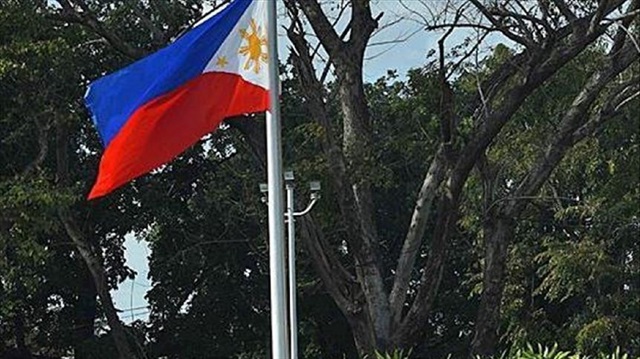
Notwithstanding President Rodrigo Duterte’s intensive campaign against illegal drugs, the Safe Cities Index 2017 revealed that Manila is one of the least safe cities to live in.
In a study reported by The Economist Intelligence Unit of the London-based magazine The Economist, which ranked 60 cities across 49 indicators, covering digital security, health security, infrastructure security and personal security, the capital of the Philippines obtained a score of 55.86 and ranked 55th out of 60 countries assessed in the report.
While Tokyo (Japan), Singapore (Singapore), Osaka (Japan), Toronto (Canada) and Melbourne (Australia) topped the list, Manila was joined by Cairo (Egypt), Tehran (Iran), Caracas (Venezuela), Ho Chi Minh City (Vietnam), Jakarta (Indonesia), Dhaka (Bangladesh), Yangon (Myanmar) and Karachi (Pakistan) in the bottom ten.
Though income is not the only determining factor of a country’s security performance, most of the safest cities in the report are those with high income or upper middle-income cities.
“Security remains closely linked to wealth but the scores of high-income cities are falling,” said the report. Manila was included in the bottom ten due to its low-income status.
"These cities often lack technology skills and competing challenges such as tackling infectious diseases and poverty can push cybersecurity lower on the list of priorities," the report said.
Financial resources of the cities is a powerful factor, it determines the city's ability to secure the safety of buildings, roads, bridges and other physical infrastructure.
The report indicated that Manila is one of the cities that needs massive amounts of investment to upgrade old infrastructure. Manila also was listed as the city with the highest number of deaths from natural disasters.
"Climate change is presenting greater threats to urban infrastructure as the severity and frequency of hurricanes, floods, high winds and other extreme weather events increases," the report said.
The Philippine capital was also the second most dangerous in terms of digital security, 14th in terms of death due to vehicular accidents, and 19th in frequency and severity of terrorist attacks.














